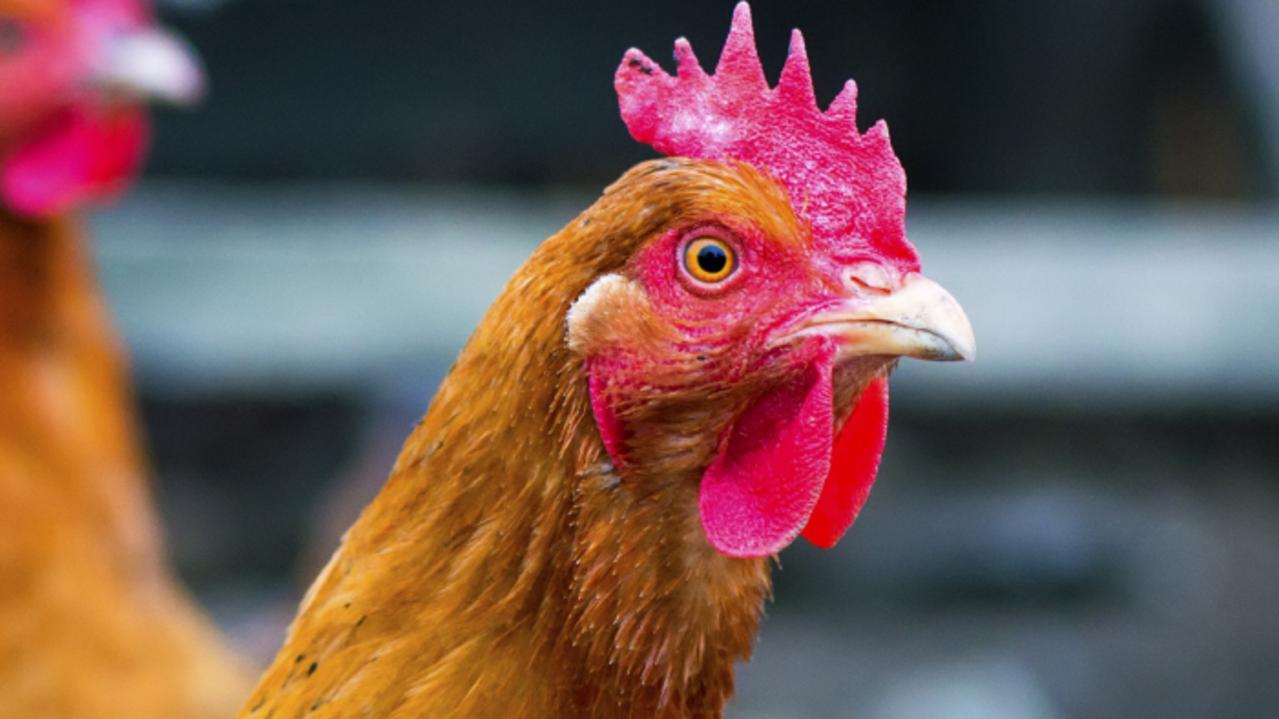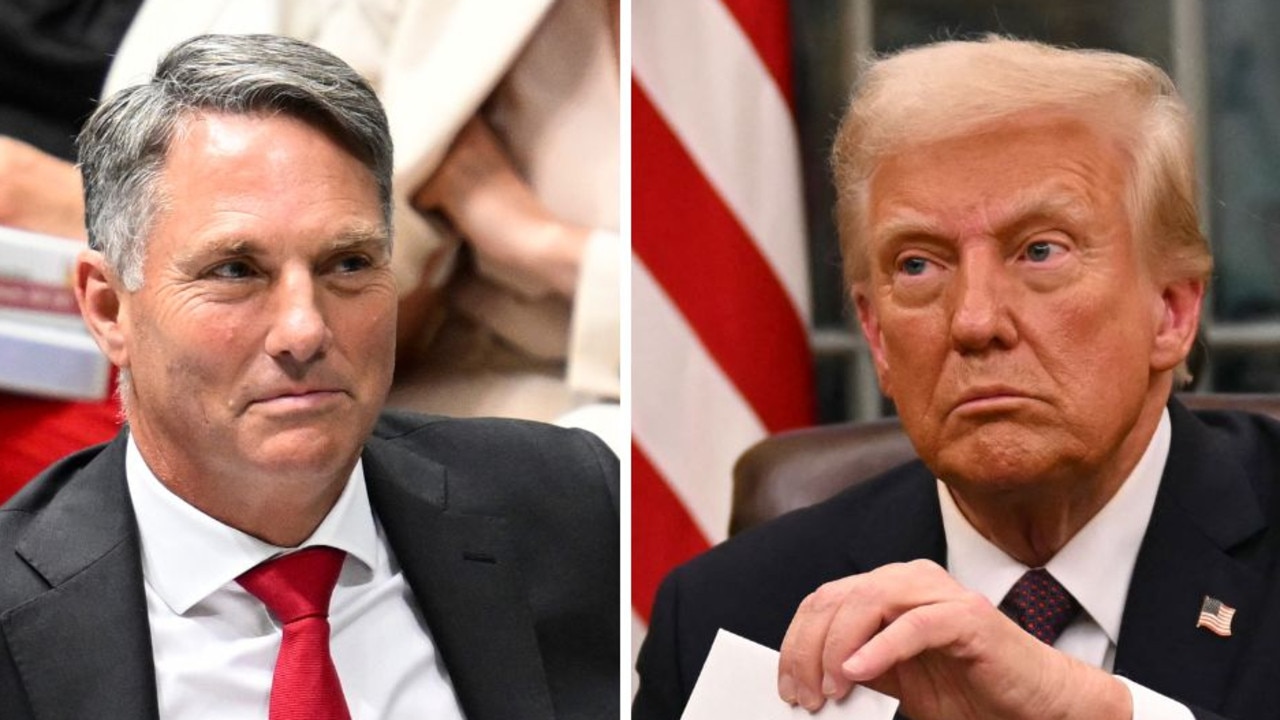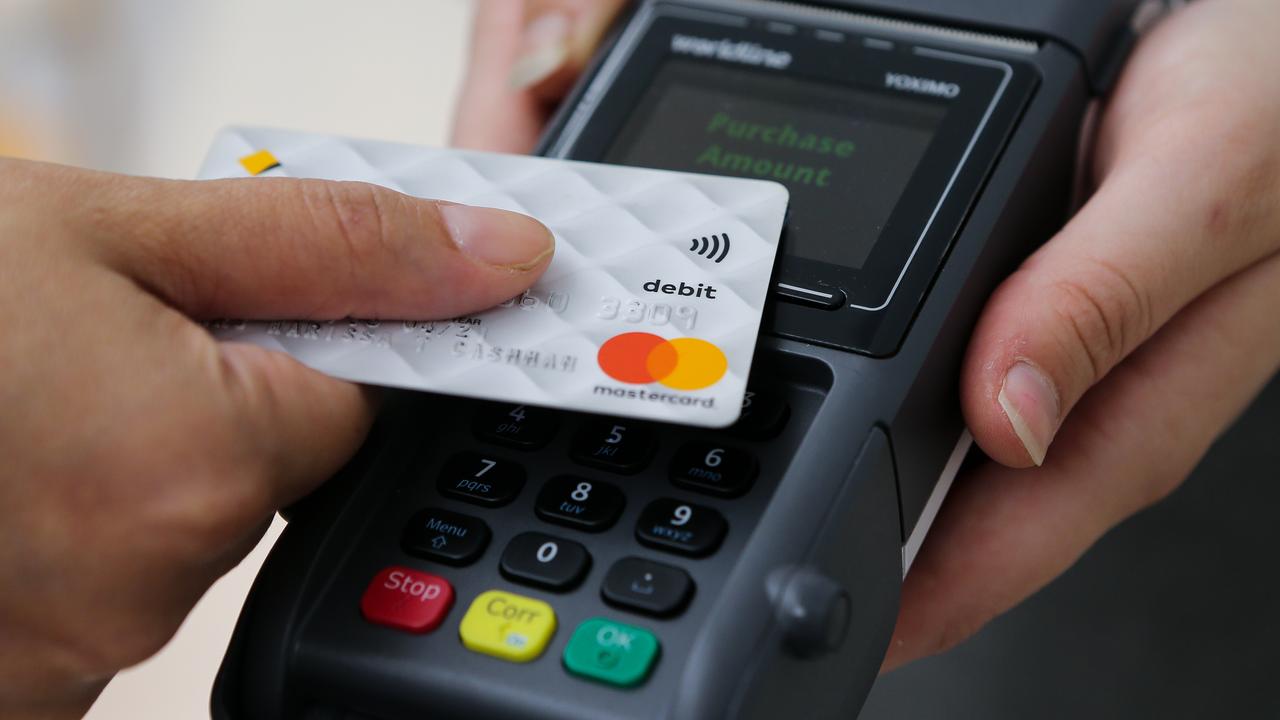‘There is a risk’: What huge US rise means for RBA’s coming rate calls
America has bumped interest rates up in the sharpest rise in almost three decades, leading to concerns that Australia could follow suit.
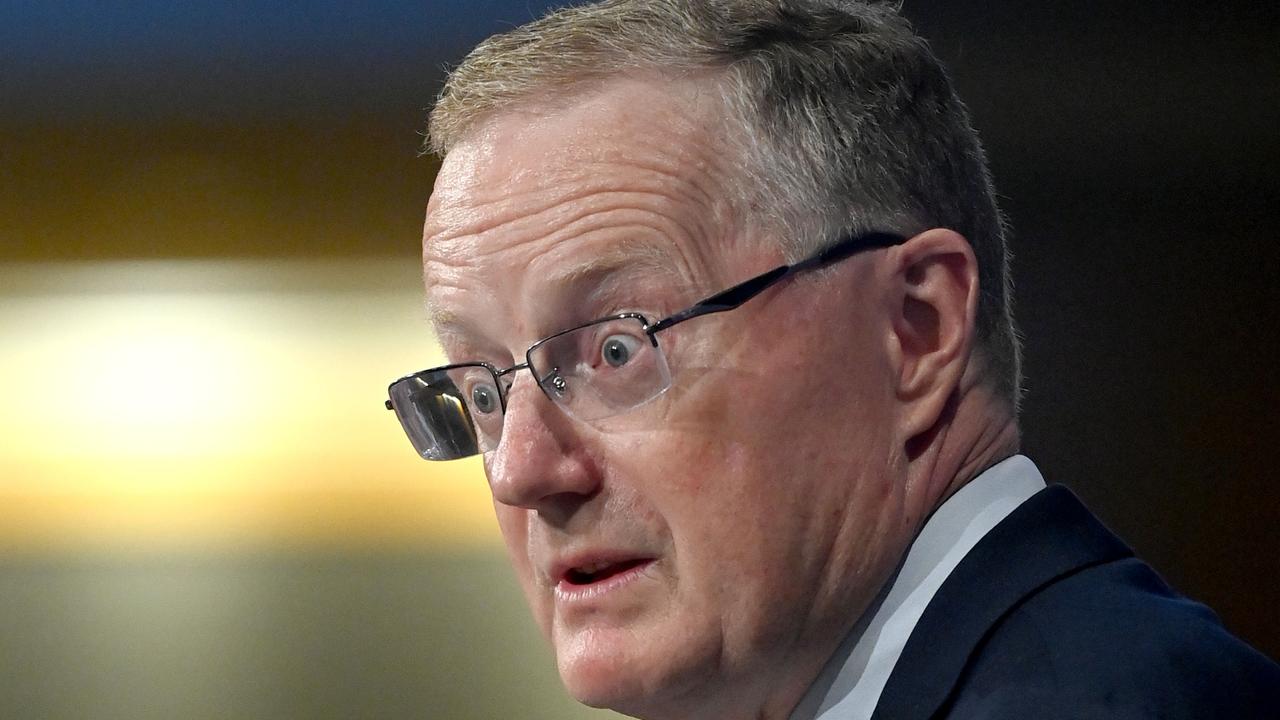
Australians worried about rising interest rates may have noticed some concerning news emerging from America this morning as the US Federal Reserve bumped rates by 0.75 per cent amid surging inflation.
The hike is the most aggressive rise the US has seen in nearly three decades. The last increase of 75 basis points was in November 1994.
It’s a move that is likely to startle some homeowners in Australia given how closely our economy follows what happens Stateside.
For example when Wall Street does well, the Australian stock market tends to loosely follow along the same trend.
The Reserve Bank of Australia’s (RBA) attempts to drive down inflation already appear to be going down a similar path as the US.
In its last interest rate decision, the RBA hiked the official cash rate by 50 basis points – catching experts off-guard with the magnitude of the rise.
That put the official cash rate to 0.85 per cent, returning it to its highest level since September 2019 and marking the first back-to-back rate rises in 12 years.
Stream more finance news live & on demand with Flash. 25+ news channels in 1 place. New to Flash? Try 1 month free. Offer ends 31 October, 2022 >
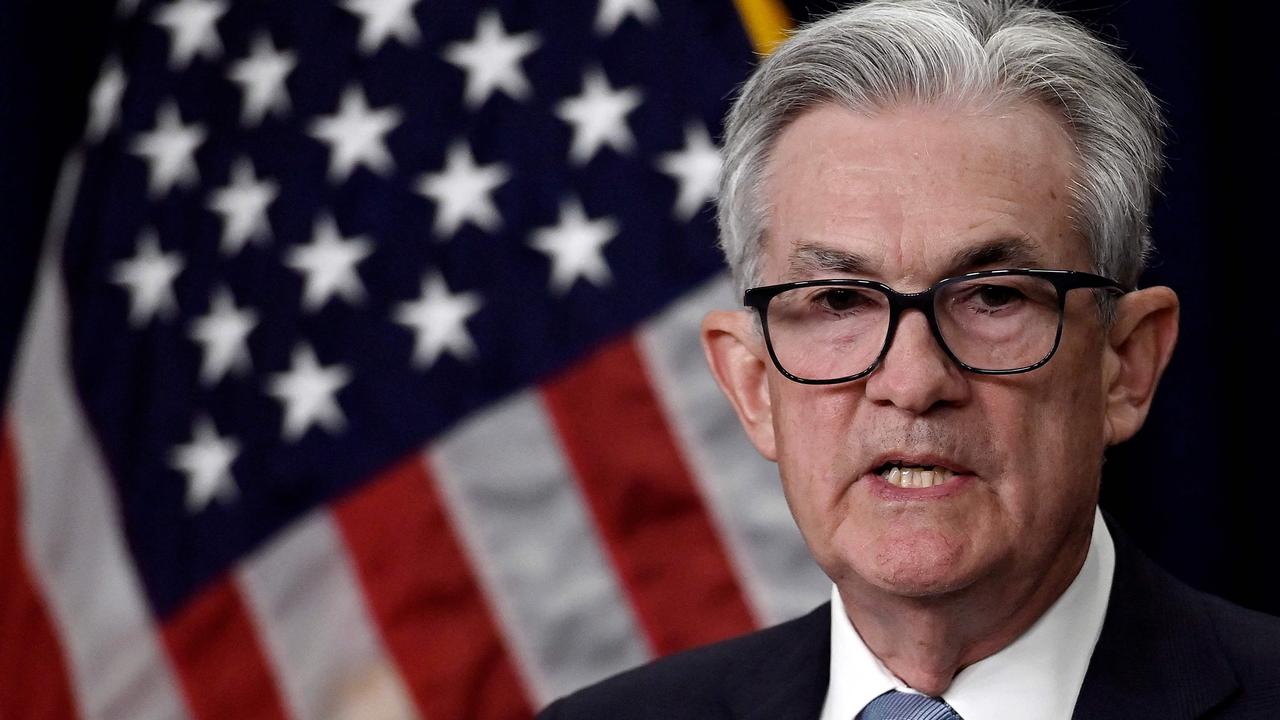
The Federal Reserve’s move overnight was even more aggressive, leading to concerns about what’s in store for Aussie homeowners when the RBA meets next month.
But just because interest rates are surging in the States doesn’t necessarily mean they will rise at the same pace in Australia, according to Dr Shane Oliver, head of investment strategy and economics and chief economist at AMP.
He told news.com.au there “was a risk” of a super-sized rise like the one we’ve just seen in the US, but he doesn’t think it’s likely.
“It does look like we’re on a bit of a run when it comings to rising interest rates and we are seeing a lot of the same factors driving up inflation here that they are also seeing in the United States,” he told news.com.au.
“However, the RBA doesn’t automatically follow the Fed. It does what it thinks is best for Australia in terms of our domestic situation.”
It is worth noting that inflation in the US is currently much worse than Australia – 8.6 per cent compared with Australia’s 5.1 per cent.
Dr Oliver said RBA governor Philip Lowe took some economic experts by surprise this week when he appeared on ABC’s 7.30 to tell the nation that we are likely to reach 7 per cent inflation by the end of the year – and it must be brought under control.
“It was surprising, so there is a risk they might follow the US with a more aggressive rate rise next month, but that’s not what we are predicting,” Dr Oliver said.
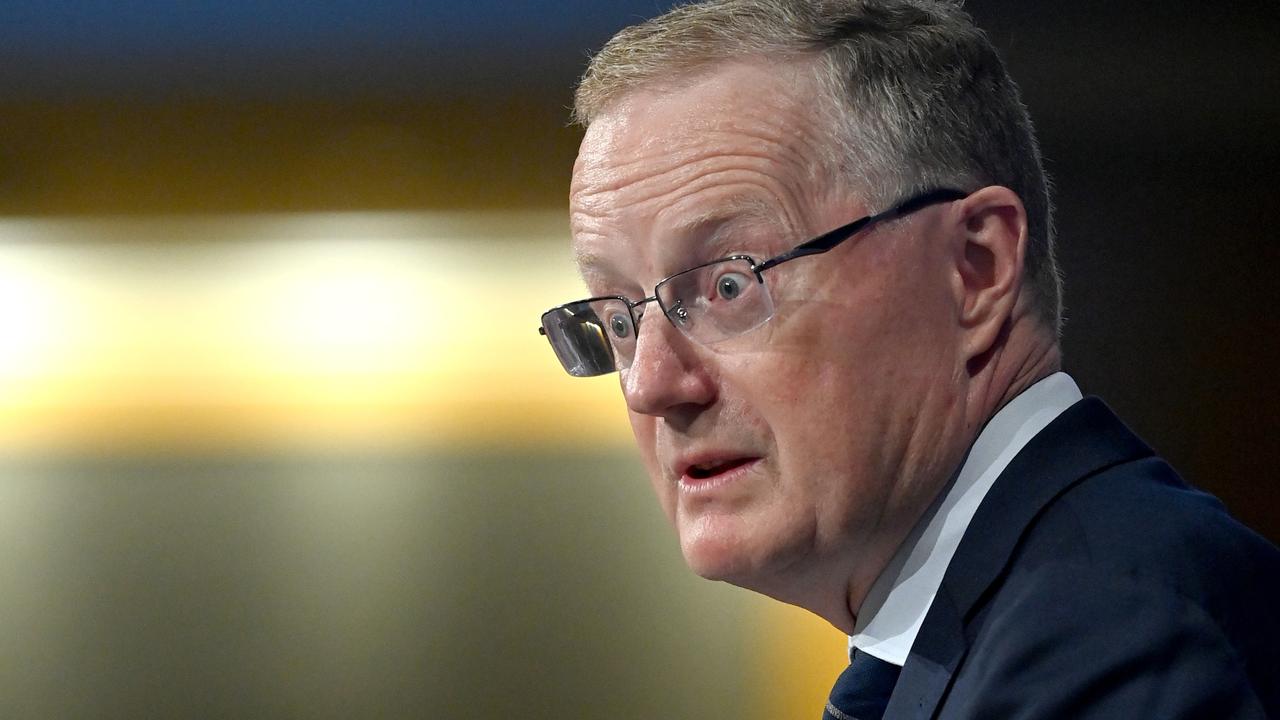
He said the Fed decision has not changed his forecast for a 0.5 per cent cash rate rise in July and a further 0.5 per cent rise in August.
However, other economists believe the RBA may want to follow overseas moves to avoid damaging the value of the Australian dollar against other major currencies.
Callam Pickering, APAC economist at Indeed, said that in order to address high inflation, which has largely been imported from abroad, the RBA needs tighter monetary policy to push the value of the Aussie dollar higher.
“A stronger Australian dollar puts downward pressure on inflation,” he told news.com.au.
“Achieving that is more difficult when other central banks, such as the Federal Reserve, are also hiking aggressively.
“Big moves overseas might therefore warrant bigger rate moves by the RBA to avoid a damaging depreciation of the Australian dollar against our major trading partners.”
Dr Oliver, however, believes the Australian dollar matching other currencies is not the RBA’s primary concern, and it looks at the impact of its decisions on the Australian economy as a whole.
This morning there was also a jump for the Australian dollar which leapt by more than 1 cent, to a high of 70.24 US cents – which Dr Oliver said was “pretty good value” anyway.
He said there are also several other factors that mean the RBA might move differently to the Fed.
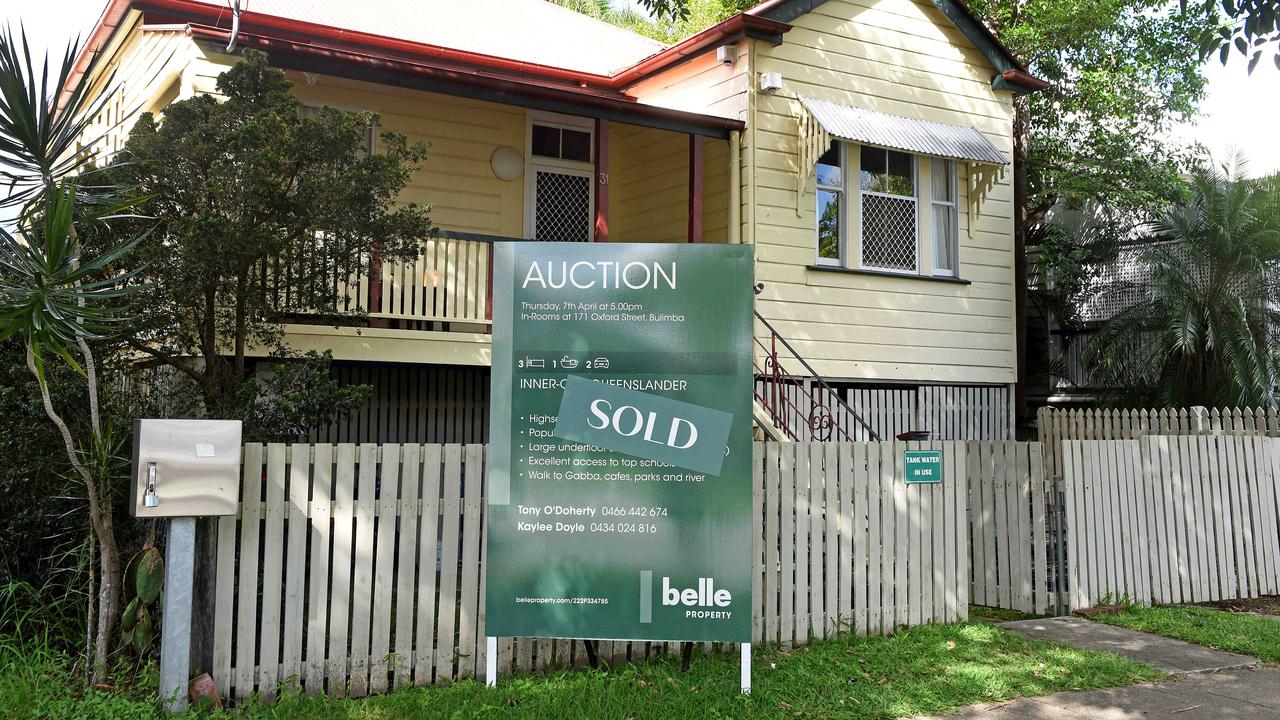
A big one is that the Fed was reacting to a large rise in its latest inflation figures on Friday, but when the RBA meets in July for the next rate decision it will not have any new local inflation data to justify a larger-than-expected rise.
“The CPI doesn’t release this until the end of July, so we’re not going to get any more inflation data until the August meeting,” Dr Oliver said.
The US Federal Reserve only meets each six weeks so it now doesn’t meet again until the end of July. This means that it is forced to make more aggressive rises if it wants to tighten spending, whereas the RBA meets every month which Dr Oliver said allows it to have more flexibility.
“The RBA said they would try to be flexible which helps steady the economy,” he said. “At the moment the focus is all on inflation and not on growth, but that might change after the August meeting and there might be a slowdown in rate hikes.”
US could see another big hike
The US Federal Reserve announced the interest rate increase on Wednesday (local time) – the most aggressive rise in nearly 30 years – and said it is prepared to do so again next month in an all-out battle to drive down spiralling inflation.
The 75 basis point hike saw rates rise to a range of 1.5-1.75 per cent, up from zero at the start of the year.
The Fed is currently under intense pressure to curb soaring gas and food prices that have left millions of Americans struggling to make ends meet and sent US President Joe Biden’s approval ratings plunging.
Fed chair Jerome Powell said it was “essential” to lower inflation, and policymakers “have both the tools we need and the resolve it will take to restore price stability on behalf of American families”.
He stressed that the goal is to achieve that without derailing the US economy, but acknowledged there is always a risk of going too far.
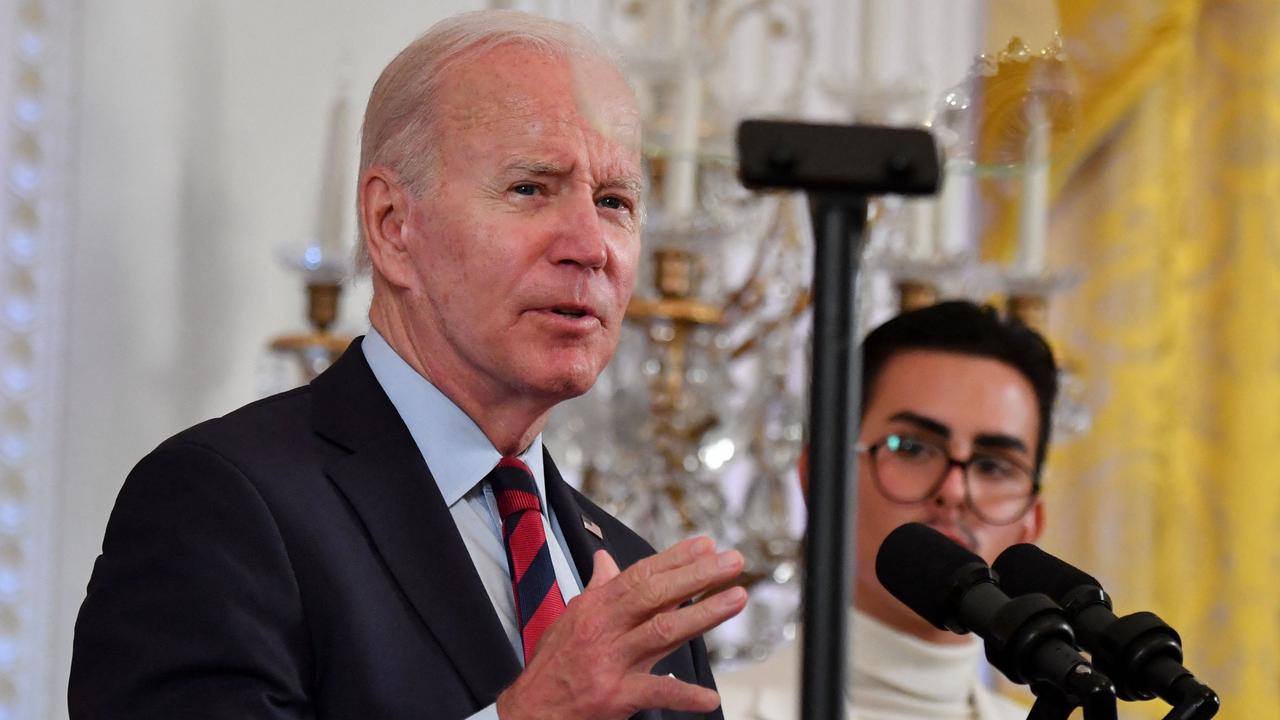
Mr Powell said the move was “an unusually large one,” but he does not expect such large increases “to be common”.
However on Wednesday’s rate rise, he said: “It is essential that we bring inflation down if we are to have a sustained period of strong labour market conditions that benefit all.”
The President has endorsed the Fed’s effort and is hoping for success as his Democrats face the possibility of losing control of Congress in key midterm elections in November.
He has blamed opposition Republicans for blocking bills meant to help lower costs and ease supply constraints.
White House economic adviser Brian Deese told Fox News: “The most constructive steps that Congress and the executive branch can take to help support what the Fed is trying to do are to lower the cost that families face directly and to lower the federal deficit.”
– with AFP




